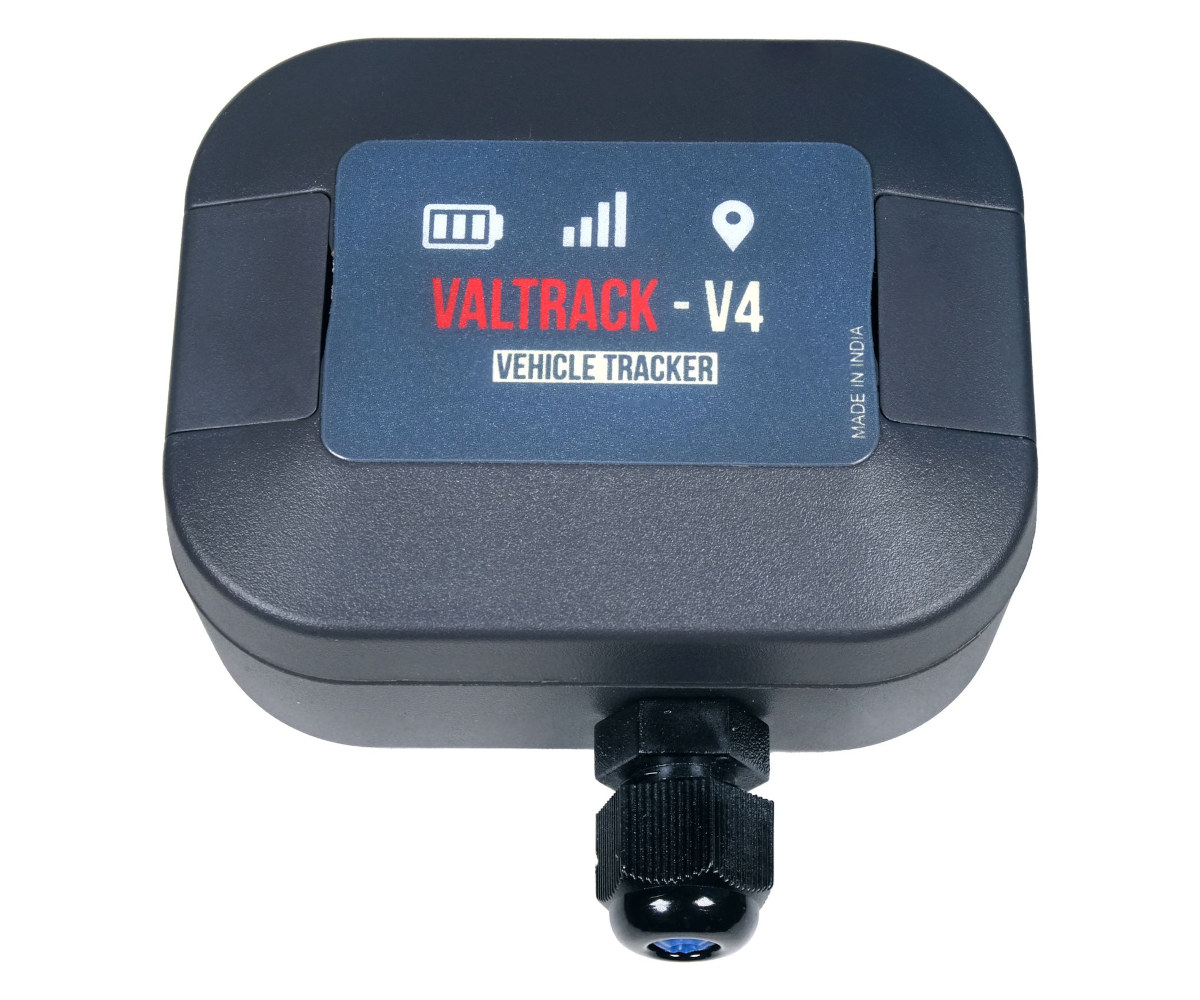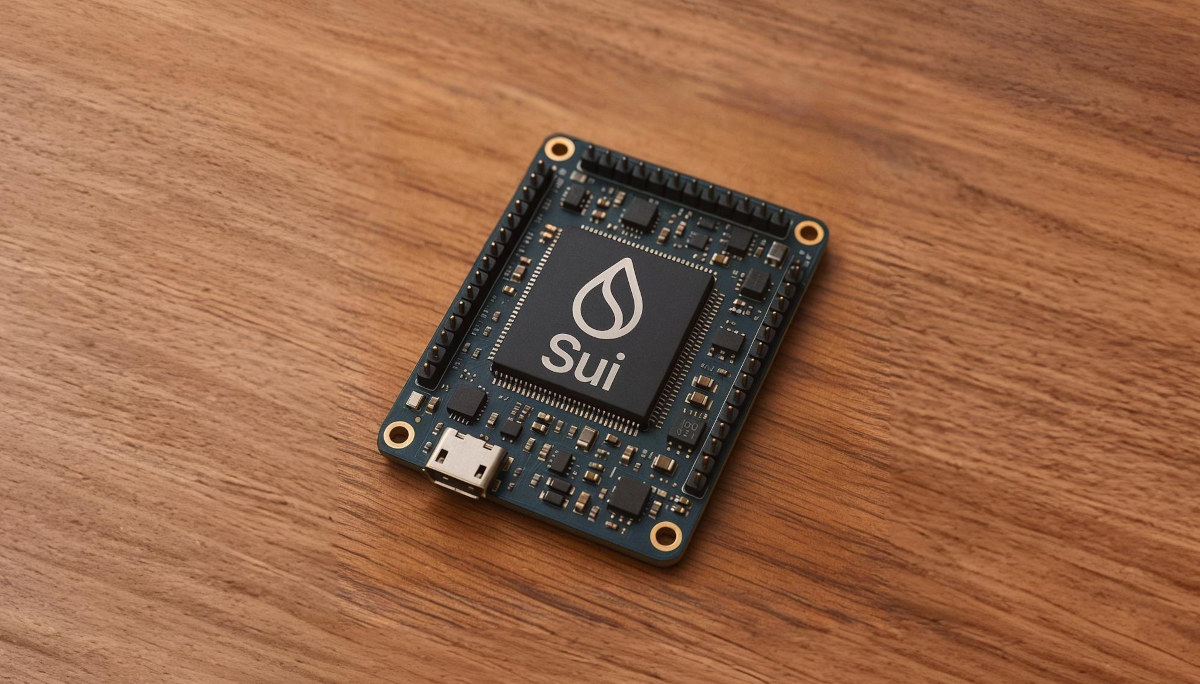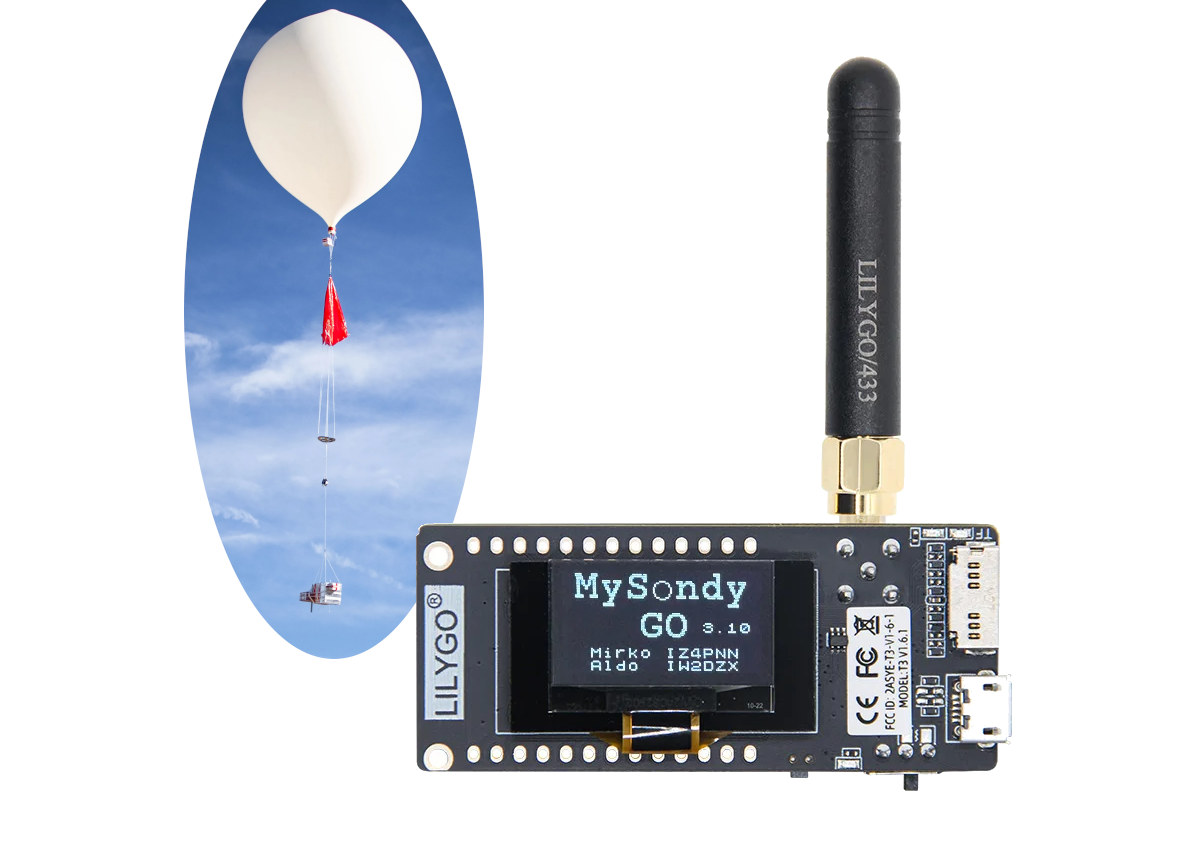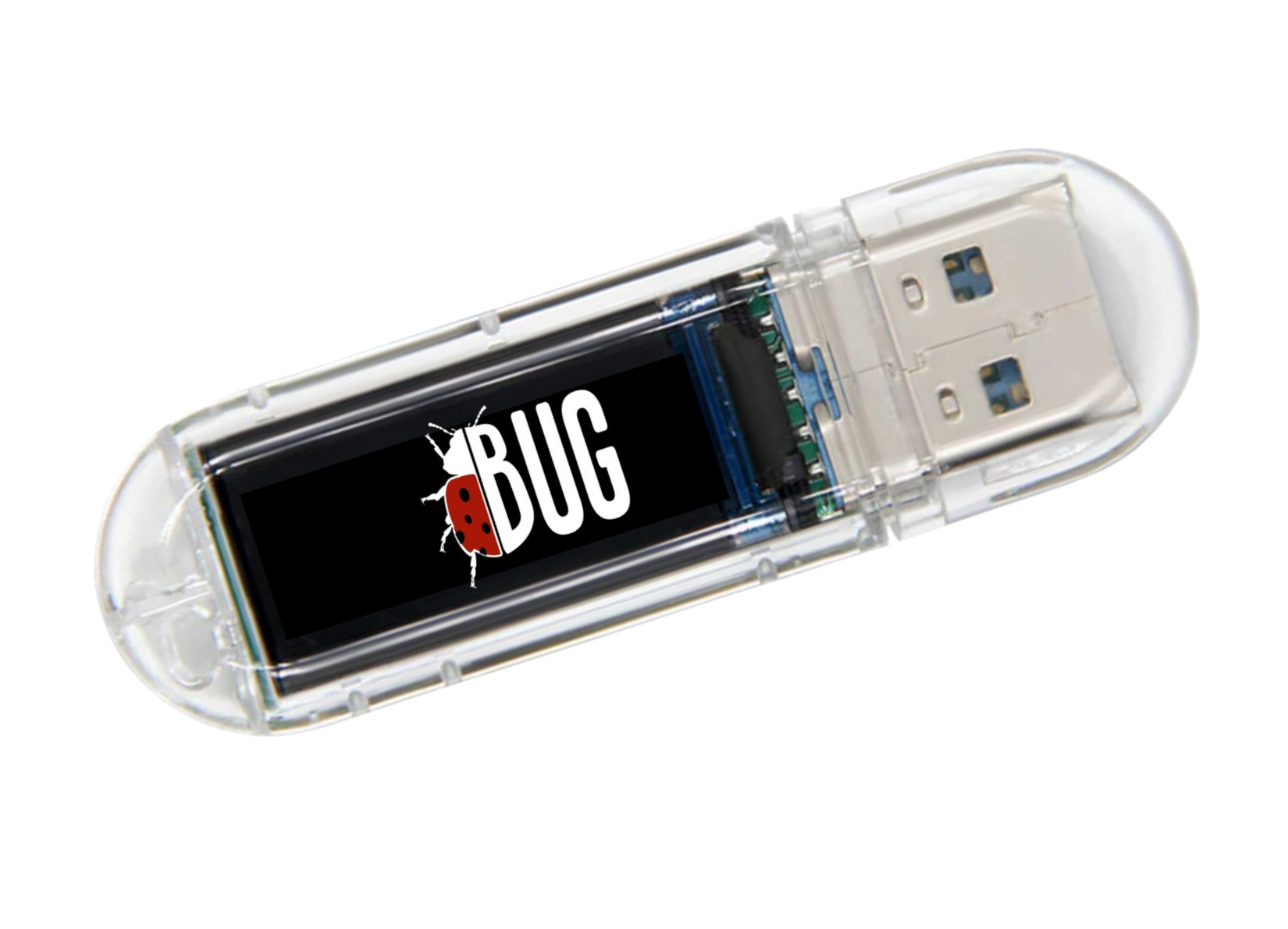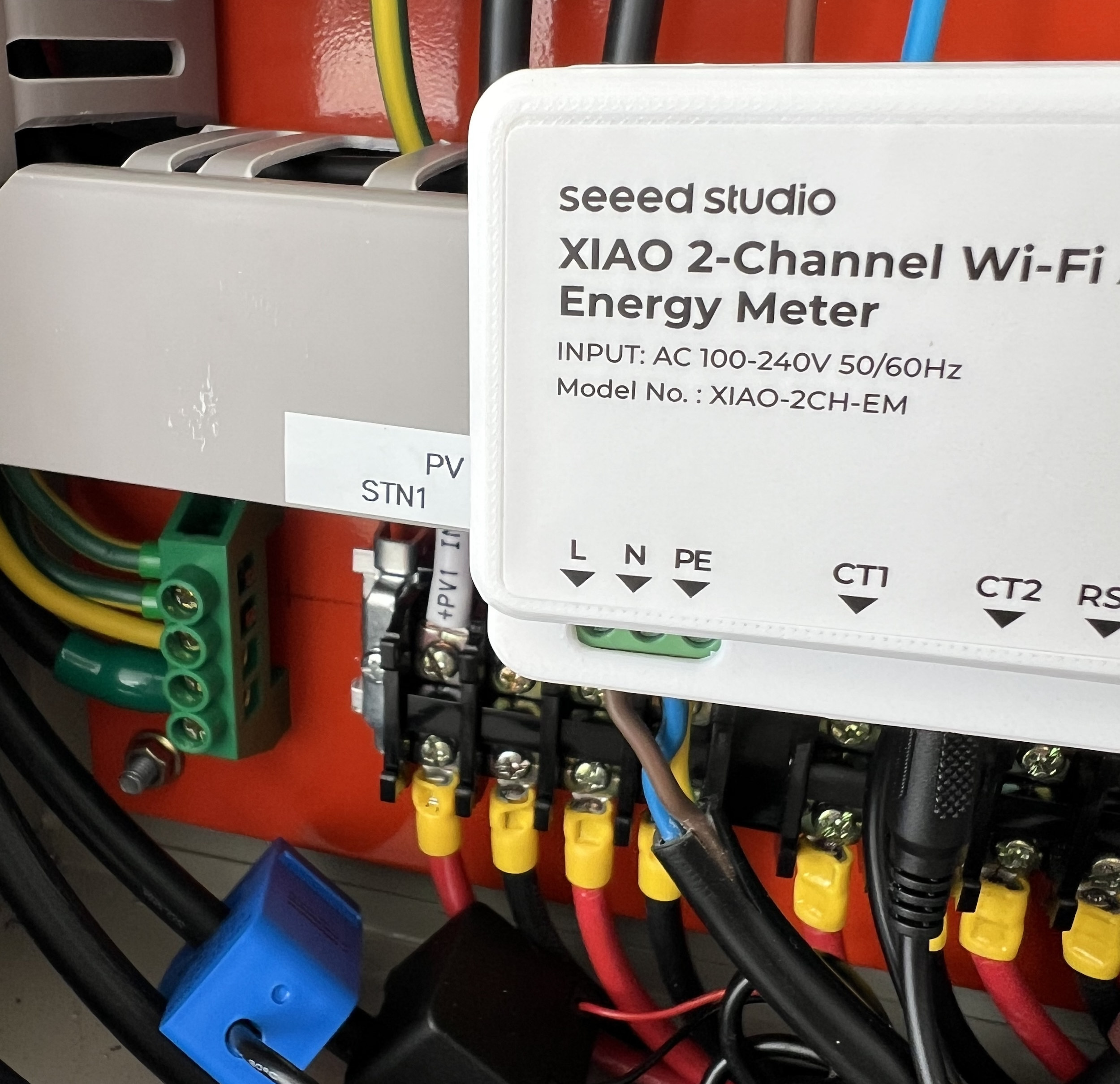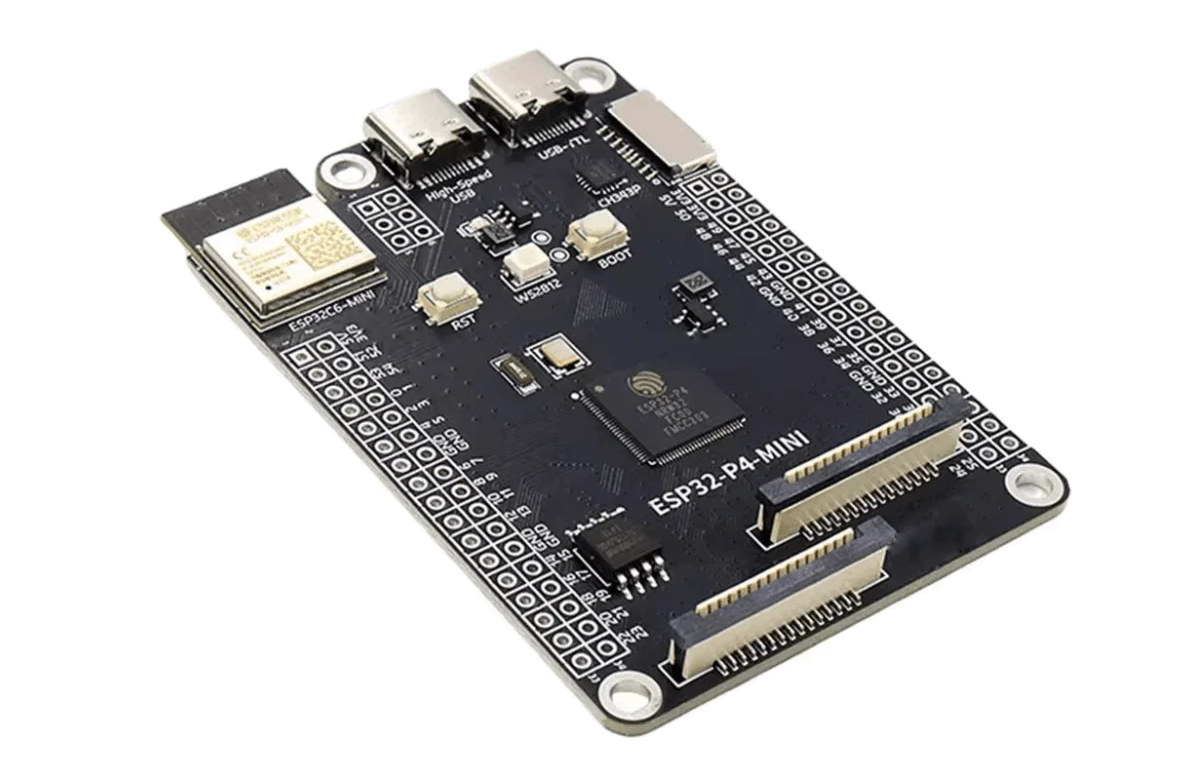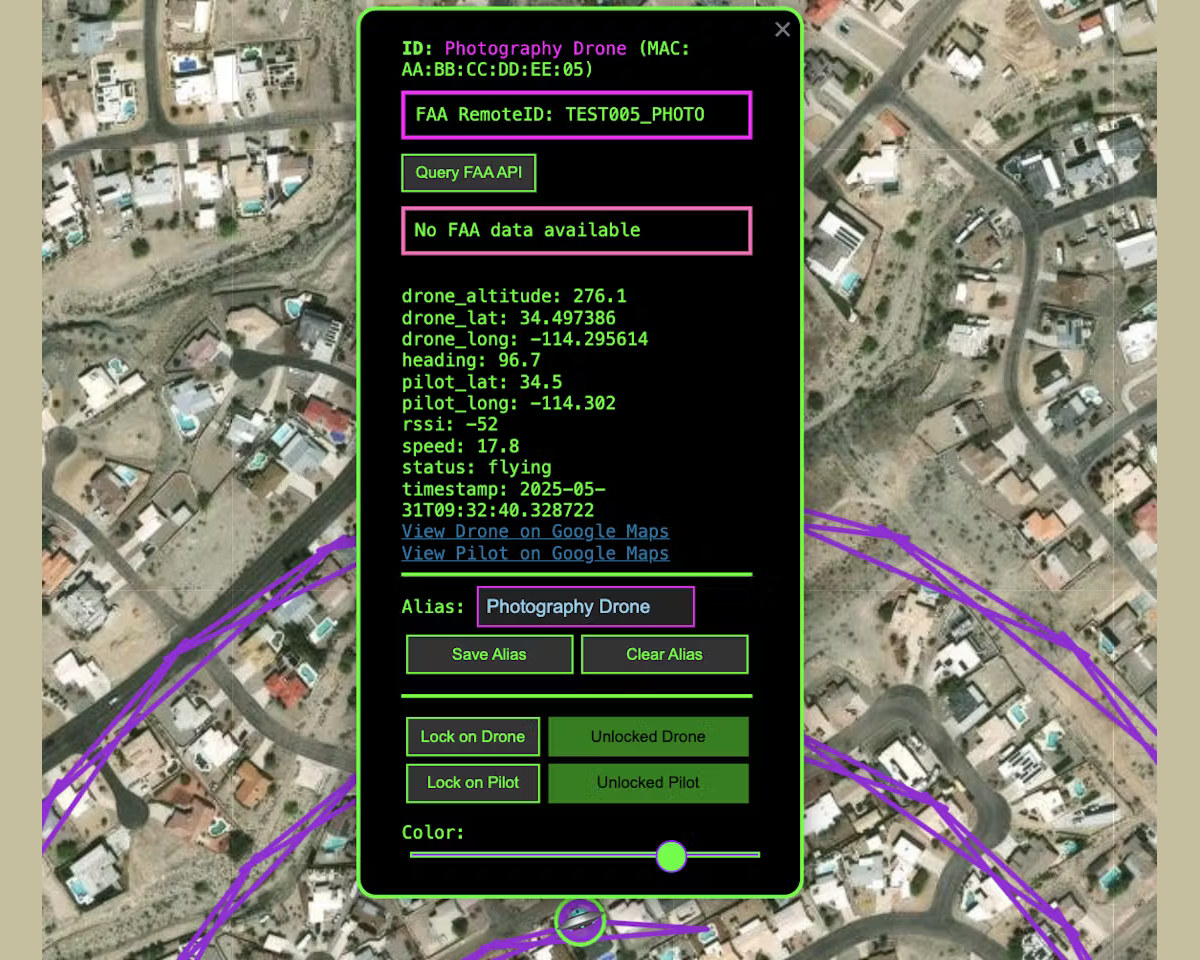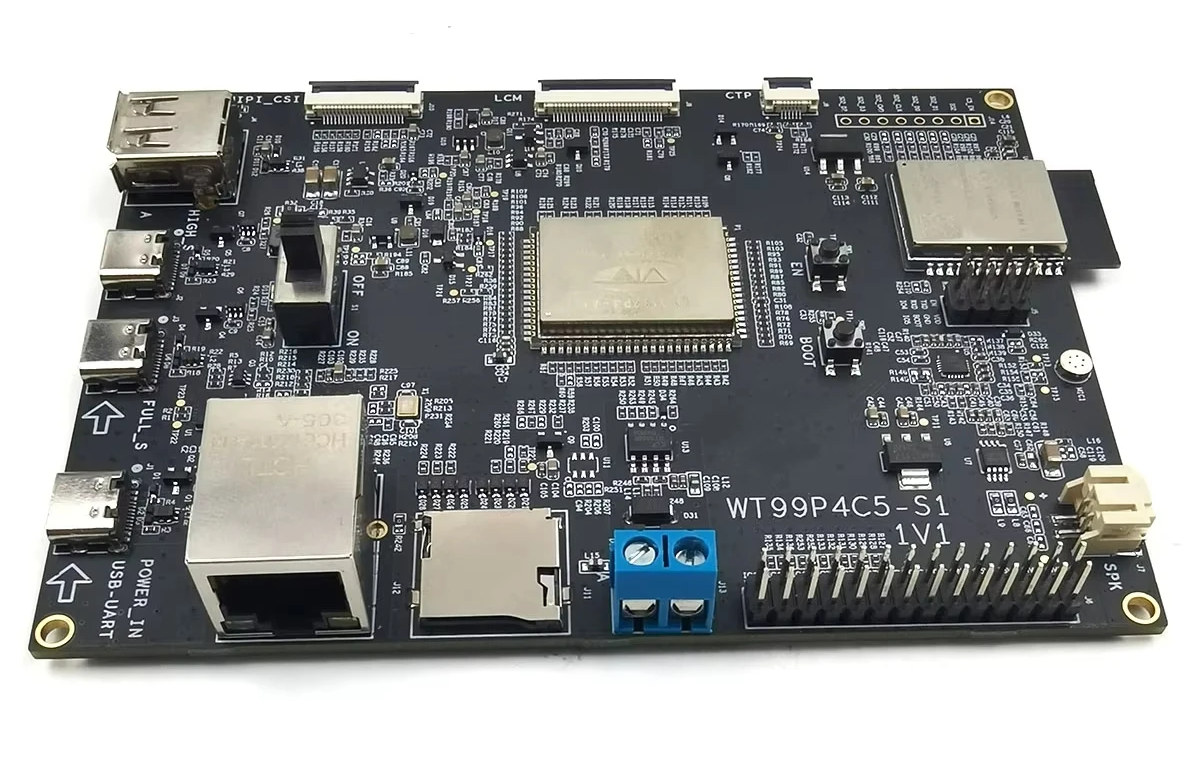Valetron Systems VALTRACK-V4-VTS-ESP32-C3 (or Valtrack V4 for short) is a 4G LTE GPS vehicle tracker based on ESP32-C3 WiFi and Bluetooth SoC and a SIMCom SIM7672 cellular and GNSS module. Designed to track bicycles, cars, or trucks, the Valtrack V4 GPS tracker is housed in an IP67 waterproof enclosure, takes 12V to 42V DC input from a lead battery or 3.7-4.2V from a backup LiPo or Li-Ion battery, and features an accelerometer to wake up when motion is detected or detect theft, as well as three RGB LEDs for status. Valtrack V4 specifications: Wireless MCU – Espressif ESP32-C3FH4 CPU – 32-bit RISC-V microcontroller @ up to 160 MHz; Memory – 400 KB SRAM Storage – 4 MB flash Wireless – 2.4 GHz Wi-Fi 4 & Bluetooth 5.0 Cellular and GNSS connectivity SIM7672G 4G LTE Cat 1 module with Global LTE band, 2G fallback, and GNSS support Nano SIM card […]
MicroSui lightweight, open-source C framework brings the Sui Network to microcontrollers
MicroSui (Sui Embedded Framework) is a lightweight, modular, open-source C framework that brings the Sui Network to microcontrollers from low-end 8-bit MCUs like AVR to more powerful 32-bit SoCs like the ESP32. Wait… What’s the Sui Network / Protocol exactly? It’s a blockchain platform designed for high-speed, scalable, and low-cost decentralized applications, which was introduced in May 2023 by Mysten Labs, a company founded by former Meta engineers. It competes with networks like Solana and Ethereum but with better performance. So far, the Sui Network works with web and mobile applications, but MicroSui aims to expand its usage to resource-constrained embedded devices. We’re told MicroSui provides support for all core operations such as key management, transaction construction, signing, and broadcast. It is a pure-C library with no OS dependency or dynamic memory usage, so it can be deployed on a wide range of microcontrollers. Higher-end microcontrollers with Internet access, such […]
LILYGO MySondy GO LoRa32 board tracks radiosondes (weather balloons) with a 433MHz LoRa module
“LILYGO MySondy GO LoRa32” is a small ESP32-PICO-D4 board with a 433 MHz LoRa module and a 0.96-inch OLED designed to track (RS41) radiosondes, which are units attached to weather balloons used to collect meteorological data like temperature, humidity, and atmospheric pressure. It looks to be an older TTGO T3 board with a 433 MHz LoRa32 module from the company preloaded with the MySondo firmware that allows hobbyists in the amateur radio and weather enthusiast communities to track weather balloons and potentially recover them. LILYGO MySondy GO LoRa32 specifications: SiP – Espressif Systems ESP32-PICO-D4 system-in-package with ESP32 dual-core Xtensa processor @ 240 MHz, 2.4GHz Wi-Fi and Bluetooth 4.2 dual-mode, 4MB flash LoRa module – LORA32 RF Transceiver – Semtech SX1268 connected over SPI to the ESP32 SiP Frequency – 433 MHz (The T3 board has options for 868 and 915 MHz, which I suspect are not suitable for radiosondes) Tx […]
BUG: ethical hacking USB device with RP2040, ESP32-S3, or STM32 MCU (Crowdfunding)
Tarun’s BUG is a USB stick with a small display described as an “AI-powered Ethical Hacking Device”, supporting voice control, and offered with either a Raspberry Pi RP2040 dual-core MCU, Espressif Systems ESP32-S3 wireless SoC, or STM32F411 Cortex-M4F microcontroller. The device also features a microSD card for storage, and WiFi and BLE connectivity for the ESP32-S3 version. The BUG is said to offer “cutting-edge HID injection capabilities” (e.g. keyboard/mouse emulation) with wireless control and ChatGPT integration. It is made for ethical hackers, cybersecurity trainers, tech educators, and DIY makers. BUG specifications: Microcontroller (one or the other) Raspberry Pi RP2040 dual-core Cortex-M0+ microcontroller @ up to 133 MHz with 264KB SRAM Espressif ESP32-S3 dual-core LX7 microcontroller @ 240MHz with vector instructions, 512KB SRAM, WiFi 4 and Bluetooth 5.x connectivity STMicro STM32F411 Arm Cortex-M4F MCU @ 100MHz with 512KB Flash, 128KB SRAM Storage – MicroSD card slot inside the USB Type-A port […]
Seeed Studio XIAO-2CH-EM Review: 2-Channel Wi-Fi AC Energy Meter with two CT clamps, ESPHome preloaded
We have received a review sample of an energy metering device from SeeedStudio called the XIAO 2-Channel Wi-Fi AC Energy Meter (XIAO-2CH-EM). This device uses a clamp-on CT (Current Transformer) method on the live wire that you want to measure, without needing to modify the existing electrical wiring. XIAO-2CH-EM comes with several key features such as dual CT sensors (CT1 and CT2), native ESPHome & Home Assistant Integration, precise measurement with factory calibration, and bi-directional power flow monitoring. While the XIAO-2CH-EM has 2 CT input ports, it will only ship with one CT clamp by default, but users can purchase an additional CT clamp if needed. The two CT channels operate independently, and each one can measure bidirectional power and supports devices using up to 100A of current. That should be enough for an ordinary home. The XIAO-2CH-EM comes pre-flashed with ESPHome firmware from the factory, meaning it can be […]
ESP32-P4-MINI development board offers two 34-pin GPIO headers, ESP32-C6 wireless module
Another day, another ESP32-P4 RISC-V MCU board with the ESP32-P4-MINI equipped with an ESP32-C6 wireless module and exposing all I/Os through two 34-pin GPIO headers. The board also features two USB-C ports, one for data and one for debugging, MIPI DSI and MIPI CSI connectors to add a display and a camera, a microSD card slot for storage, and a few buttons and LEDs. It’s basically a board for engineers wanting to access all features of the ESP32-P4 without extra bells and whistles. ESP32-P4-MINI board specifications: SoC – Espressif Systems ESP32-P4 CPU Dual-core 32-bit RISC-V HP (High-performance) CPU @ up to 400 MHz with AI instructions extension and single-precision FPU Single-RISC-V LP (Low-power) MCU core @ up to 40 MHz Memory 768 KB HP L2MEM (for dual-core CPU), 32 KB LP SRAM, 8 KB TCM (for LP MCU core) 32MB PSRAM Storage – 128 KB HP ROM, 16 KB LP […]
Map Remote ID-enabled drones with ESP32-C3/S3 and Meshtastic LoRa modules
Colonel Panic’s Mesh Mapper is a project designed to map drones emitting the FAA’s Remote ID over WiFi or Bluetooth with location, altitude, pilot position, and identification data. This project utilizes an ESP32-C3 or ESP32-S3 to capture Remote ID transmissions within range, and then feeds the data into a Python Flask web application part of Mesh Mapper that provides real-time visualization and logging. Meshtastic allows multiple detection nodes to share information across a mesh network, so several ESP32 nodes can be deployed in an area and be alerted when drones fly within your property or neighborhood. While you could use your own ESP32-C3/S3 board and Meshtastic hardware for this project, Colonel Panic designed a breakout board for XIAO ESP32C3 or ESP32S3 WiFi & Bluetooth module and Heltec LoRa 32 V3 connected over serial to make things easier. Something like the XIAO ESP32S3 for Meshtastic & LoRa devkit might also do, […]
This ESP32-P4 board is equipped with an ESP32-C5 dual-band WiFi 6 module
All ESP32-P4 boards and devkits we’ve covered so far rely on ESP32-C6 for wireless connectivity, but the Wireless Tag WT99P4C5-S1 differs in that it pairs the ESP32-P4 RISC-V SoC with an ESP32-C5 wireless module featuring dual-band WiFi 6, Bluetooth LE 5.0, and an 802.15.4 radio for Zigbee, Thread, and Matter connectivity. The board also features MIPI DSI and CSI connectors for a display and a camera, GPIO headers for the ESP32-P4 and ESP32-C5 modules, a microSD card slot, a Fast Ethernet port, a built-in microphone, a speaker connector, an RS485 terminal block, and a few USB ports for data and debugging. Wireless Tag WT99P4C5-S1 board specifications: Core module – Wireless Tag WT0132P4-A1 SoC – Espressif Systems ESP32-P4 CPU Dual-core 32-bit RISC-V HP (High-performance) CPU @ up to 400 MHz with AI instructions extension and single-precision FPU Single-RISC-V LP (Low-power) MCU core @ up to 40 MHz with 8KB of zero-wait […]


